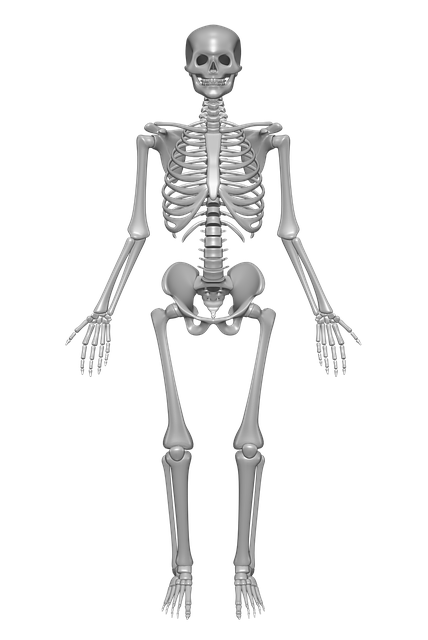Functions of Bone • Resources
Skeletal System
Protection
The
skeleton protects the most important internal organs from injury. For example,
cranial bones protect the brain, and the rib cage protects the heart and lungs.
Assistance in movement
Most
skeletal muscles attach to bones; when they contract, they pull on bones to
produce movement.
Support
The
skeleton serves as the structural framework for the body by supporting soft
tissues and providing attachment points for the tendons of most skeletal
muscles.
Mineral homeostasis (storage and release)
Bone
tissue makes up about 18% of the weight of the human body. It stores several
minerals, especially calcium and phosphorus, which contribute to the strength
of bone. Bone tissue stores about 99% of the body’s calcium. On demand, bone
releases minerals into the blood to maintain critical mineral balances (homeostasis) and to
distribute the minerals to other parts of the body.
Blood cell production
Within
certain bones, a connective tissue called red bone marrow produces red blood
cells, white blood cells, and platelets.
Red bone marrow consists of developing blood cells, adipocytes, fibroblasts, and macrophages within a
network of reticular
fibers. With increasing age, much of the bone marrow changes from red to yellow.
Triglyceride storage
Yellow bone marrow
consists mainly of adipose
cells, which store triglycerides.
The stored triglycerides are a potential chemical energy reserve.
Last modified: Friday, 3 November 2017, 10:06 PM
